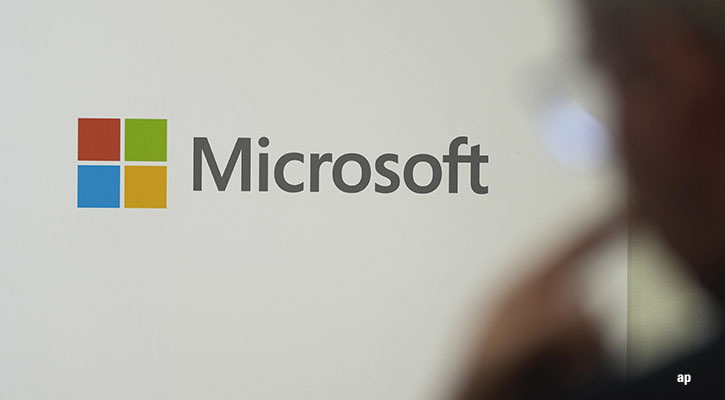Premium Exclusive: Morningstar equity analyst Daniel Rohr questions the 'equality' of an all-share merger of equals between Glencore and Xstrata. Morningstar Equity Research is a Premium feature--to read the full analysis of Xstrata click here. Not a Premium member? Sign up for a free 14-day trial for instant access.
Xstrata (XTA) announced this morning that it has been approached by commodities trader-cum-miner Glencore (GLEN) regarding the possibility of a tie-up between the two firms, and is now engaged in discussions pertaining to potential "merger of equals." Glencore already owns 34% of Xstrata.
Such a deal, regarded as a fait accompli by many observers following Glencore's May 2011 IPO, seems to be viewed favourably by the market. As we write, Xstrata's London-listed shares are up 9.6%. Glencore's are up 6.4%, suggesting the market ascribes a nontrivial synergy value to the prospective merger. Putting aside the question of value creation in vertical integration, we'd conjecture that for the two firms to be deemed true equals in value (we value Xstrata shares at 1,300p but do not publish a fair value estimate for Glencore), one must be willing to 1) assign a rather hefty free cash flow multiple to Glencore's marketing operations and 2) accept the substantial country risk embodied in Glencore's mining operations.
This notion that Glencore's marketing operations deserve a fat earnings multiple is predicated on the idea that the business would remain solidly profitable even amid a sharp and sustained commodity price slump. While we'd agree that the marketing profits are probably less correlated with commodity prices than those churned out by Xstrata's (and Glencore's own) very cyclical mining operations, we'd be cautious about assigning those cash flows a particularly hefty multiple. That's because, despite the daunting size of Glencore's 2011 IPO prospectus (a 1,600-plus page document), the firm's marketing operations remain a black box to outsiders (third-party technical reports on key mining properties accounted for the bulk of the filing's heft). Fundamentally, investors need to ask how much of Glencore's marketing profits stem from basic supply chain activities and real arbitrage opportunities versus speculative directional bets on commodity prices. In other words, is this a business that will deliver relatively steady profits regardless of the level and trajectory of commodities prices? Or one that will mint money when the going's good and suffer greatly when prices head south? In the company's own words, "Glencore's marketing activities are ordinarily substantially hedged in respect of price risk and principally operate a margin-based model." But as any lawyer will tell you, one can drive a truck through the linguistic leeway afforded by "ordinarily substantially" and "principally."
The second big uncertainty Xstrata shareholders will need to consider is the elevated country risk in Glencore's mining portfolio. For the most part, Glencore's largest mining assets, which include Prodeco (Colombia thermal coal), Katanga (DRC copper), Mopani (Zambia copper), Mutanda (DRC copper), and Kazzinc (Kazakhstan), boast attractive geological characteristics (for example, ore grades in its African Copperbelt properties are unusually high) and ample potential for brownfield expansion (for example, Prodeco is slated to double output to 20.7 million metric tons by 2015), two critical determinants of long-term value-creation in the mining space. Unfortunately, a significant portion of future production volumes will come from "high risk" countries (that is, DRC, Kazakhstan, and Zambia) with relatively underdeveloped institutions and limited legal safeguards for foreign investors. While the situation in each country has undoubtedly improved from a decade ago (witness the significant sums of foreign capital pouring into each), one need not look far back in history to get a sense of the risk. Consider the case of Canadian-domiciled copper miner First Quantum (FM), which saw its immensely valuable copper assets in the DRC expropriated just last year.























